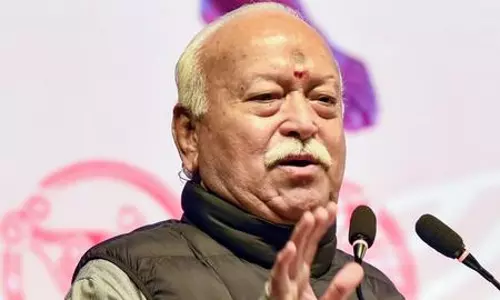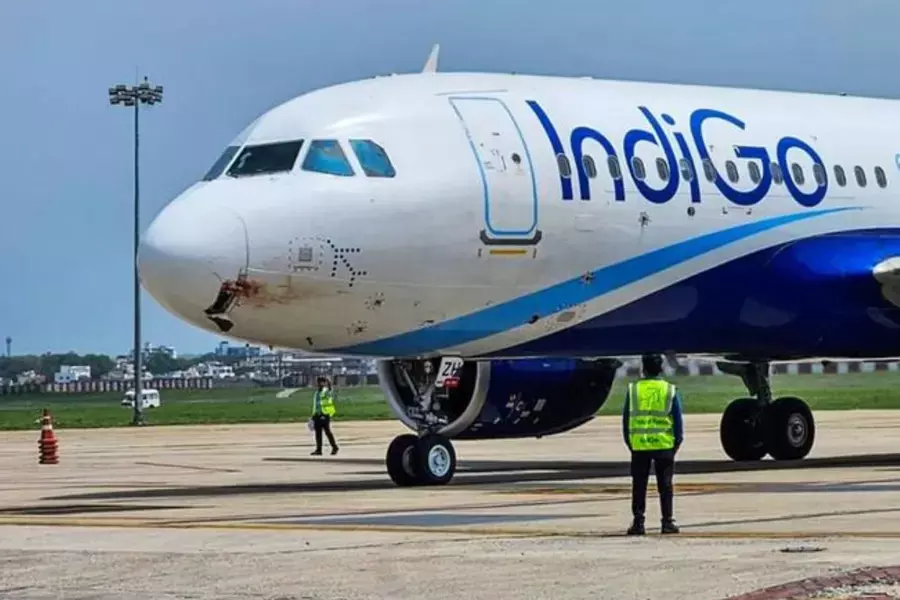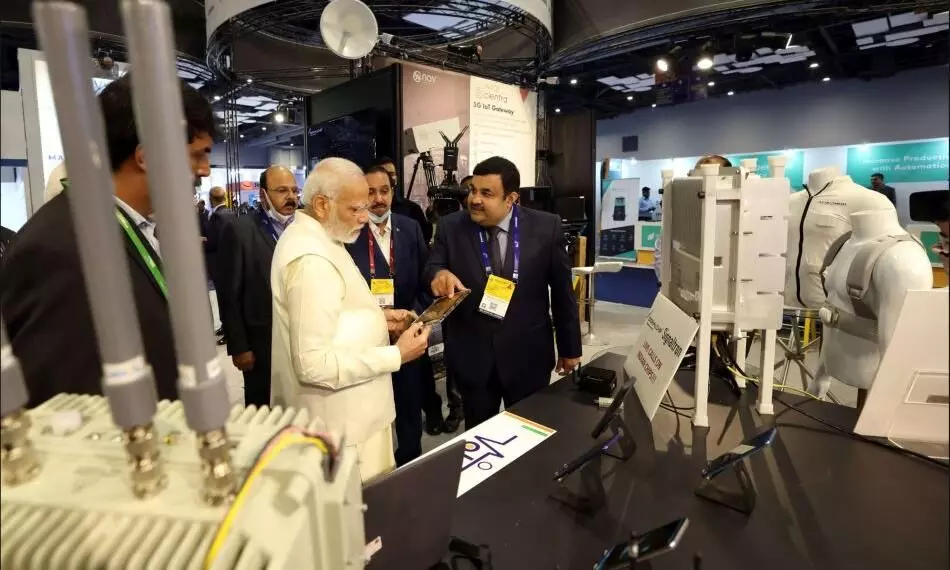
Indian Army inducts indigenous chip-based 4G mobile base station
text_fieldsNew Delhi: At first, the Indian Army inducted an indigenous chip-based 4G mobile base station. The Army procured the same from a Bengaluru-based firm, Signaltron, through the Union government's e-marketplace portal, PTI reported.
Signaltron founder Himanshu Khasnis told PTI that the chip used in the Sahyadri LTE base stations had been developed by Signalchip.
Earlier in 2010, Khasnis and his team founded a fabless semiconductor company, Signalchip, to make chips for 4G and 5G networks.
"Signaltron has built the entire system indigenously using India's first chips for 4G and 5G networks developed by Signalchip. This is the first time an Indian system running on an Indian chip for complex communication technology has been inducted into the Army. Using indigenous chips gives a high degree of control on the security of the system in its operation," Khasnis said.
He said the Indian Army had posted a bid on GeM (Government e-Marketplace) for the supply of 4G LTE NIB (Network In a Box) solution last year.
"Signaltron proposed the Sahyadri NIB solution and came out successful in stringent technical trials. Subsequently, Signaltron also won the competitive bid to supply the equipment. Weighing just 7 kgs, Sahyadri Network In a Box (NIB) systems provide high-quality, secure wireless communication for audio, video and data applications," Khasnis said.
He said the Sahyadri NIB is capable of working in both standalone and cellular modes and capable of seamless inter-operation with legacy analogue and IP telephony systems.
The majority of the base stations deployed in India are not made in India. Even the few that are made in India do not have indigenous chips inside, which is the most strategic and important component of modern electronic devices and equipment.
Signaltron has supplied 20 units to the Army, and the deployment of the base stations depends on their strategic requirement, Khasnis said.
"We have supplied 20 units to the Army. The Army makes its own call on when and where to deploy base station. Since they are light and mobile units, it gives them the flexibility to change the location as per their requirement," he added.
At present, there is no fabrication facility in India for modern semiconductor chips. Signalchip has designed the chip indigenously and owns all the technology that the chips deliver. In a model similar to that of leading semiconductor companies like Nvidia, Qualcomm, Mediatek, etc., Signalchip also fabricates its chips through third-party wafer fabs.
Khasnis said the Indian base station market is expected to be about USD 24 billion by 2029.
"With the use of indigenous systems, there could be significant savings in forex and boost GDP. Sizeable market volumes are available in India and worldwide. Modernisation targets of different sectors like defence, railways, etc., are excellent opportunities for indigenous solutions," he said.
Khasnis said that the CNPN (Captive Network-Private Network) 4G/5G market worldwide is expected to cross USD 30 billion by 2030, which will enable large possibilities for the local chip-based base stations, thereby providing economies of scale.























